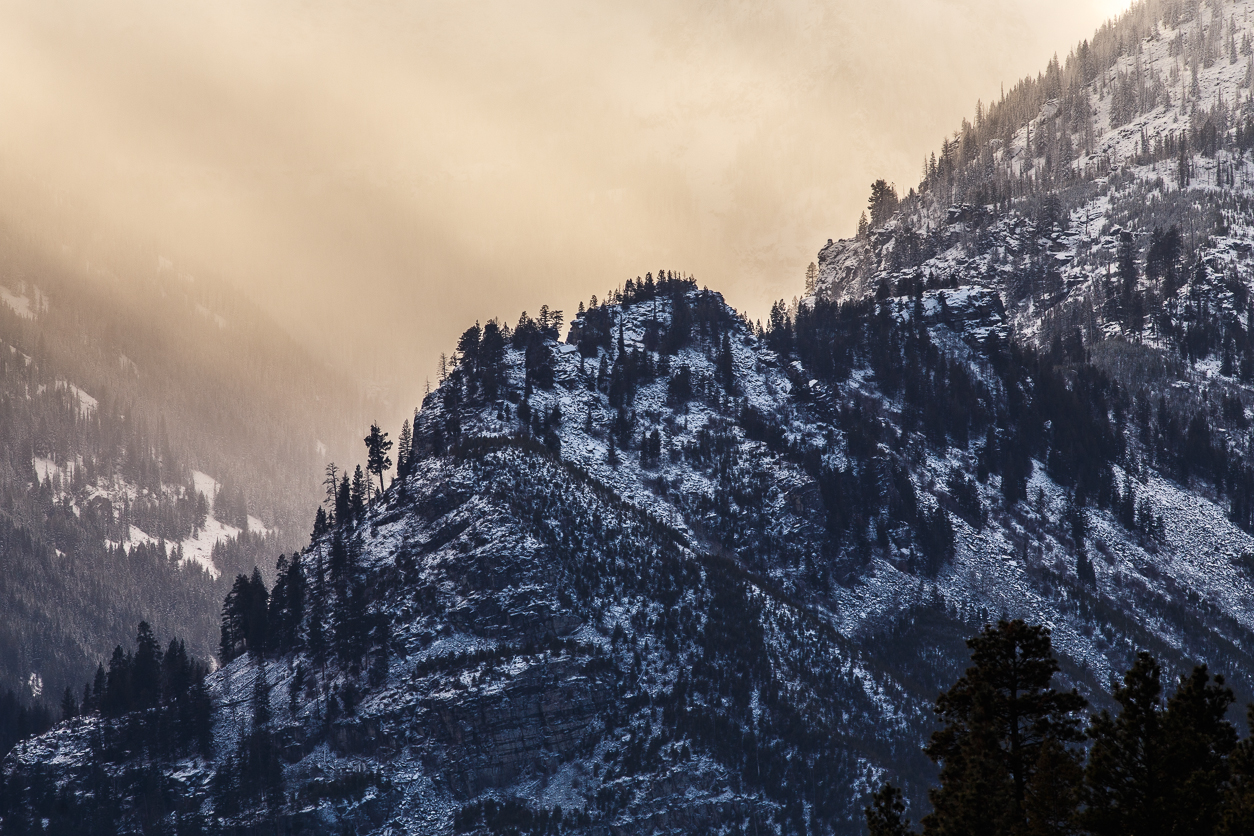It’s -1 right now in Missoula, Montana. Without the windchill.
Luckily, I’m typing this up from a warm and snug hotel. My car and all my supplies however will be forced to face the abusive cold.
Today was the first day I’ve traveled to the deep southern Bitterroots in many years, into the Trapper Peak and Como Peaks country. The last time I was that far south was with an ex-girlfriend. Of course, the previous trip had been in much warmer weather, which seems like a fantasy from where I’m sitting now. I had forgotten how all those ponderosa pines looked, carpeting the slopes up to the twisted spires and outcroppings.
It was a joy to be back.
I have seen many mountain ranges across the Northern Rockies the last ten years, but it had been too long for the southern Bitterroots, which house one of the largest wilderness ecosystems in the lower 48 (the Selway-Bitterroot/Frank Church/River of No Return Complex). Other mountain ranges may be more showy, more chest-pumping. The Bitterroots sort of rise up, slothful like, unfurling their bare granite spines in predictable fashion one slope after the other. But once inside the rugged valleys the true scenery splays open for the onlooker, as if the formerly sheepish mountains were hiding something from busy Highway 93.
Ten years gone. Winter is here, harder and more brutal than usual. Girlfriends have come and gone. So have friendships. But it’s good to know I can always count on the Bitterroots being the Bitterroots, turning their cloaks of ponderosa pine to the travelers on 93 and hiding their spectacular innards.
It is -1 in Missoula. I look out the window to see a town paralyzed with cold. The sound of trucks along I-90 has faded with each passing hour. Winter has a way of cleansing all that came the season before. But if you listen carefully, you can hear a quiet stirring. For all things change. Even the Bitterroots, one day.
The Bitterroot Mountains are split by a sunrift in Montana.

